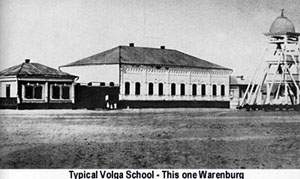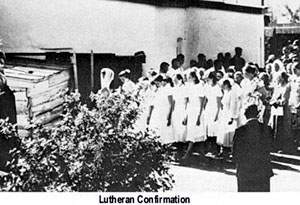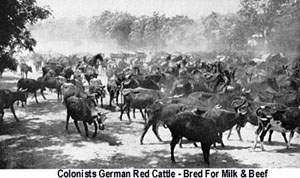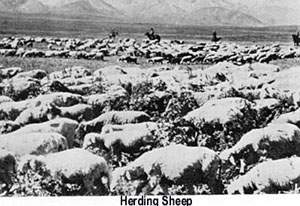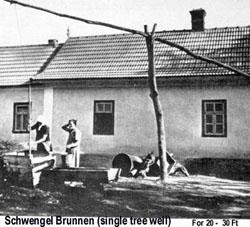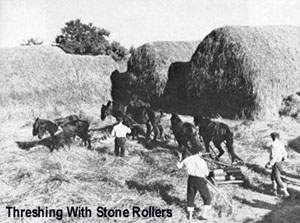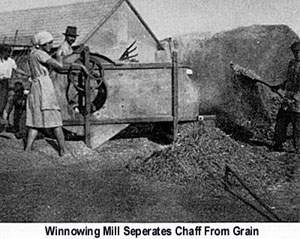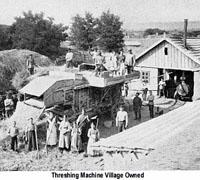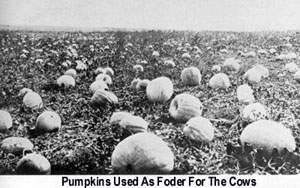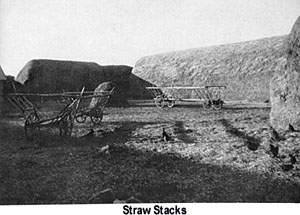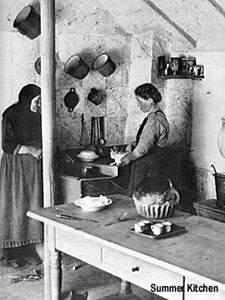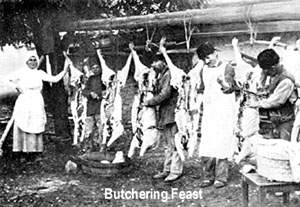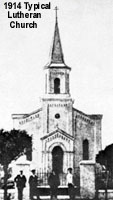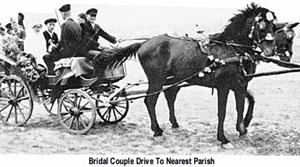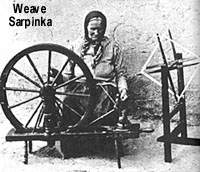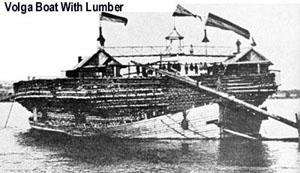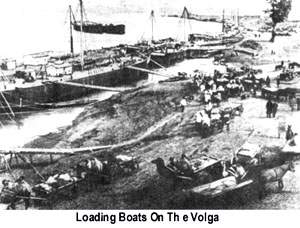Farming:
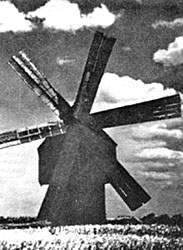 |
In sowing time in spring, we worked with horses and oxen in our fields,
which we called acres that were scattered around the village in all directions
about 3 to 5 miles away from home. Our horses, cattle, sheep, pigs, chickens,
ducks and geese were kept in barns in the same yard where our home was.
Each family had all their animals in barns in their yards which were nicely
fenced in. All the work of each family usually kept pace with the work
of other families in the village.
Winters were cold with much snow and the horses and cattle had to be
fed regularly in their barns. In the mornings about the end of March, when
the snow was gone, boys at the age of 7 to 10, took the family's sheep
of about twenty sheep with their little lambs outside the village to find
new green grass and to herd them. We took our lunch along and had a good
time playing games we took turns watching the flock so they would not get
too far away. |
